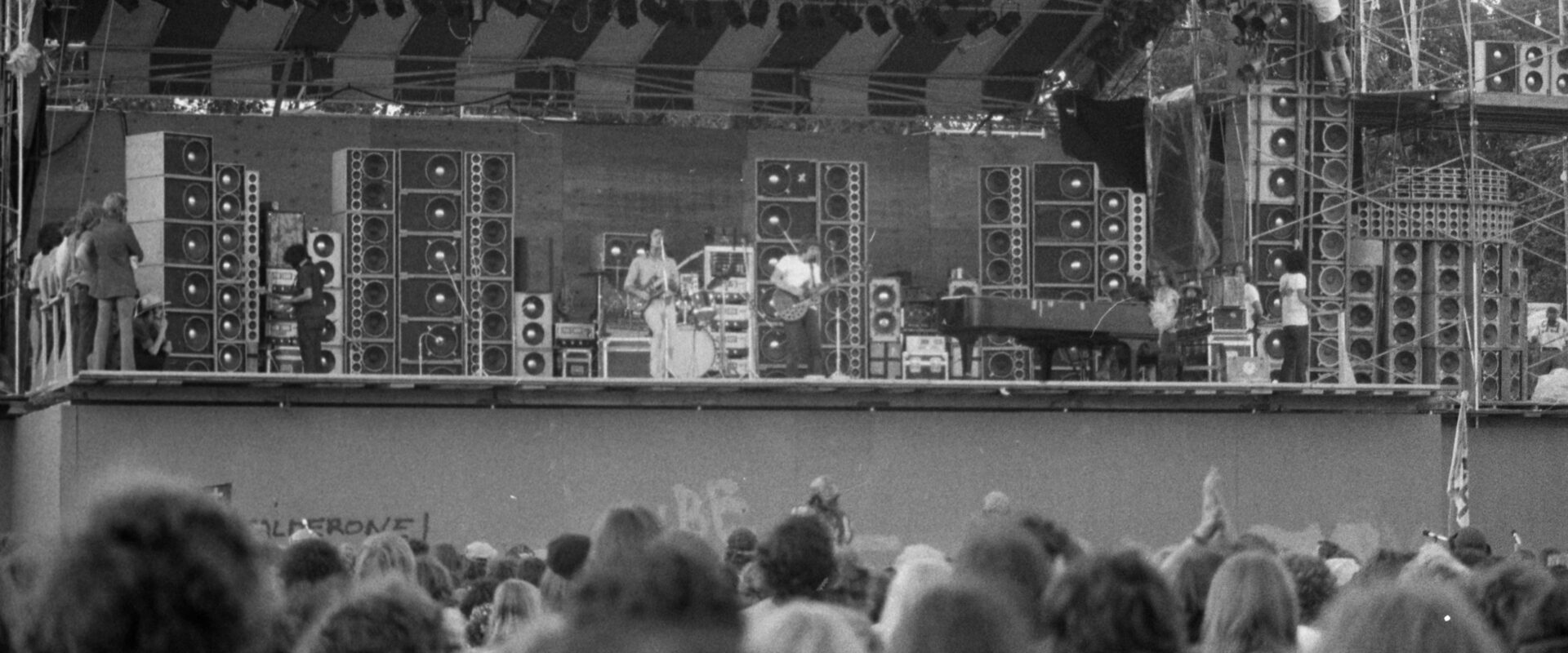On July 28, 1973, The Grateful Dead, The Allman Brothers Band, and more gathered in Watkins Glen, New York, for a concert of massive proportions. Fans flocked to the small Upstate New York town for Summer Jam, shutting down roads and interstates, and crowding the Grand Prix Raceway with more people than Woodstock.
In 1973, the population of Watkins Glen was around 3,000, with the town nestled at the foot of Seneca Lake. Schuyler County had been advertising Summer Jam since April of that year, with fans gathering in anticipation. 150,000 tickets were sold for $10 each, but once the floodgates opened, many people showed up for free.
450,000 people, to be exact. Summer Jam hosted around 600,000 people in total, surpassing Woodstock by 100,000. Surprisingly, however, the event was peaceful despite the sheer number of people in attendance.
Fans parked their cars and walked nearly eight miles to the Watkins Glen Grand Prix Raceway in the sweltering summer heat. Still, that was part of the Summer Jam experience. Togetherness was an important aspect of the weekend. Fans bonded with each other over their shared love of The Band, The Allman Brothers, and The Dead.
In-Progress Documentary Reveals the Innovations and Successes of Watkins Glen Summer Jam
Summer Jam was a legendary moment for the bands, the fans, the concept of festival weekends, and for the town of Watkins Glen. For a while, there has been a documentary film in the works exploring and celebrating the historic concert. There’s not a set release date, but updates are regularly provided through social media.
No detail is too small for this project. Through archive footage and interviews with people who were there, Summer Jam is coming to life again.
Key players include Jim Koplik and Shelly Finkel, the event coordinators who picked the venue and designed the concert. They brought Bill Graham on to design the stage, sound system, and backstage village. Summer Jam became one of the first outdoor concerts to implement certain sound innovations, which went on to become standard.
Delay towers were designed here, which placed speakers at different intervals to allow for the speed of sound in the air. This created a seamless sound experience for every fan. Those in the front weren’t blasted by a wall of sound, and those in the back could actually hear the music.
Photo by Richard Corkery/NY Daily News via Getty Images
